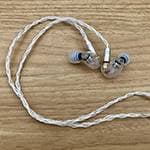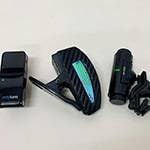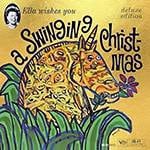Compared to acoustic guitars, electric guitars require several items to produce sound.
An amp, instrument cables, multiple effect pedals, patch cables, power supplies... The process of gathering and connecting all this gear, then plugging into an amp, can sometimes feel like a hassle.
After coming home from work or school, when you just want to play for a bit, everyone’s likely experienced the thought, "Ugh, setting everything up is such a pain."
There are also times when you can’t play at high volumes, such as in apartments, shared housing, late at night, or early in the morning. You might think, "As long as it’s about as loud as the TV, it should be fine, right?"
But no matter how reasonable that seems, the bright frequencies electric guitars produce can pierce through walls and disturb your neighbors or family, regardless of volume.
The product I'm introducing today is a headphone amp that solves these issues: the VOX amPlug 3 series. It’s a product that hits the trifecta of being **convenient**, **excellent value**, and **great-sounding**. This series was released earlier this year as an upgrade from the amPlug 2.
Let’s dive into the review.
Convenience
At first glance, the exterior of the amPlug 3 doesn’t seem much different from the "2," but upon closer inspection, you’ll notice the rounded edges and the more refined color scheme, giving it a more premium feel. It’s also slightly larger than its predecessor. Compared to the more angular design of the "2," the amPlug 3 has a sleeker, more stylish appearance.
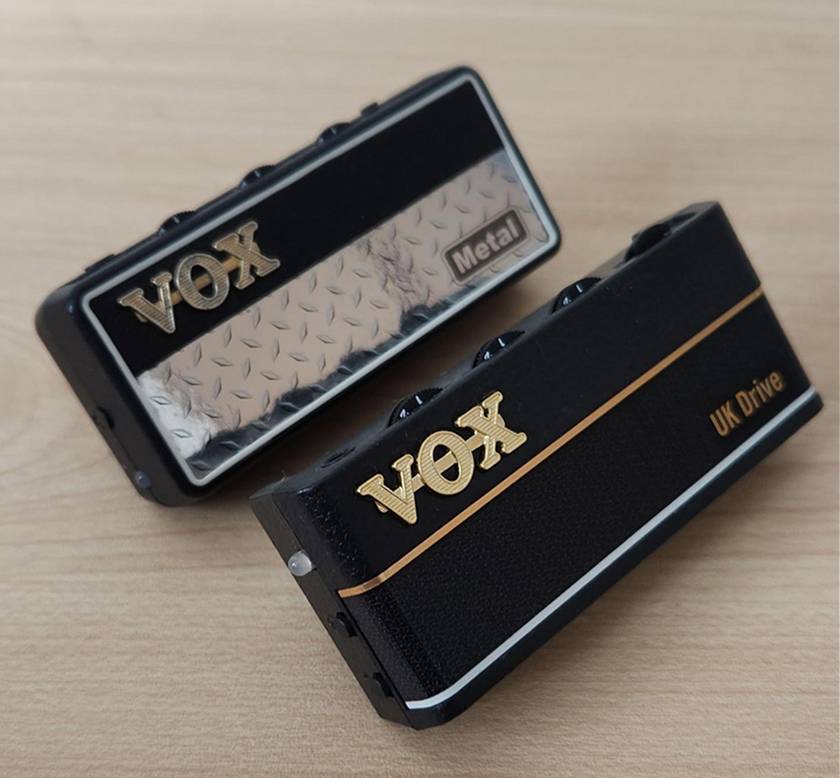
When looking at the amPlug 2 and amPlug 3 from the front, with the "3" in the foreground and the "2" in the background, the "3" is noticeably larger. The amPlug 3 has rounded edges, giving it a more premium feel.
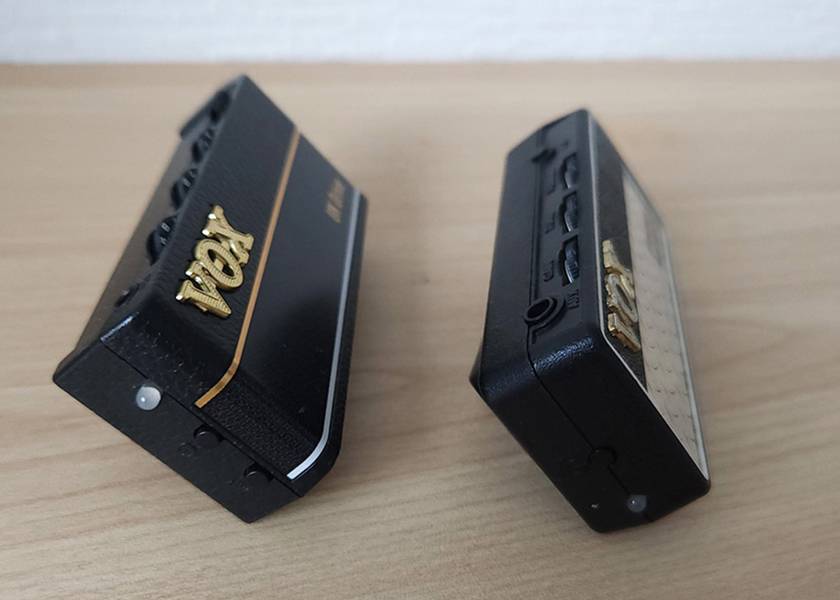
When viewed from the side, the design differences between the "2" and "3" become apparent. The size is almost the same.
The size is compact enough to fit in the palm of your hand, and it's lightweight. The plug-in jack is foldable, allowing for a slim design.
It runs on two AAA batteries. Using alkaline batteries, you can play for about 15 hours, depending on the volume. Even with the rhythm function in use, it should last about 10 hours.
*Tip: It's budget-friendly to purchase several sets of AAA batteries at once from Sound House. A single set can last over 50 hours with basic calculations.*
CLASSIC PRO / Alkaline AAA Batteries 10-Pack CPB4 – 3 Sets
The usage is incredibly simple.
Just plug your headphones into the unit, connect it to your guitar, and press the power button, and you’re ready to go.
It doesn’t get any easier than this.
You can also connect an audio cable to a music source like an MP3 player to play along. I connect it to CD or SD card sources and jam with my favorite artists. It’s a lot of fun.
Purchasing an audio cable with plugs on both ends will expand your usage options like this. Such cables typically cost around 1,000 yen. Since not all guitarists own CD players, many may prefer getting their sound sources from a computer or smartphone.
One thing to be mindful of: after connecting my laptop’s headphone jack to the old amPlug 2 for a few months, the laptop’s jack broke.
This is unlikely to happen with audio equipment, but it seems laptops don’t invest much in this part of the design. It’s something to be cautious about.
My laptop was fairly expensive, so I’d like to see improvements here since I also want to easily get sound sources from video websites.
When recording sound from a computer, proceed with care.
Excellent Value
The latest amPlug 3 with backing features costs around 6,500 yen. Other manufacturers offer headphone amps in the 15,000 yen range, packed with features like over 10 different modeling amps and a wide variety of effects to choose from.
But do you really need all those features in a headphone amp designed for compact and easy use?
While feature-rich products are convenient, if you're looking for something simple and easy to use, the amPlug 3 is more than sufficient—and at less than half the price.
The Sound is Simply Great
The controls are unified into VOLUME, TONE, GAIN, RHYTHM, and EFFECT. Each model simulates the sound of a famous amp.
For example, you can get the iconic tones of amps like Marshall, Mesa Boogie, Fender, VOX, and Dumble, to name a few.
As mentioned earlier, some competing products come with many different modeling amps, but if you already have a preference for a specific amp or sound, do you really need all those options? Fewer options mean a lower price and simpler operation.
All models in the amPlug 3 series deliver clear, crisp tones. This series is known for its bright, pristine sound quality. When the volume is turned up, it produces powerful, impressive tones without the harsh frequencies often found in budget effects pedals.
The circuit has been further refined from the previous series, improving sound quality. When you increase the VOLUME, you get a more natural distortion. In a word, it's **REAL**.
I’ve owned around 50 distortion pedals and consider myself well-versed in various overdrive and distortion sounds. Still, I’m completely satisfied with the distortion sound from the amPlug 3, which runs on just two AAA batteries.
I have been a long-time user of the "amPlug 2," and I’ve bought replacements several times.
Specifically, I’ve replaced the "Classic Rock" model twice and the "Metal" model twice. The former gives a legendary '70s distortion, while the latter offers a modern high-gain sound. I switch between them depending on the song.
Since I was repurchasing them about every year and a half, I decided to put on some gloves and take apart the circuit board to see what it looked like. Take a look at these two photos—it's packed with tiny components.
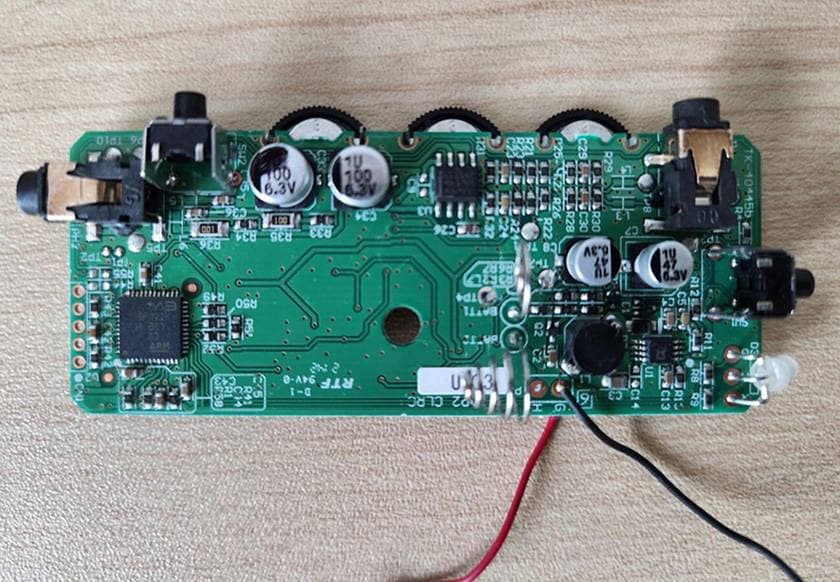
The plug on my "amPlug 2 Classic Rock" broke, so I decided to take it apart. This is the circuit board on the back of the unit. The empty space in the lower left corner is where two AAA batteries fit.
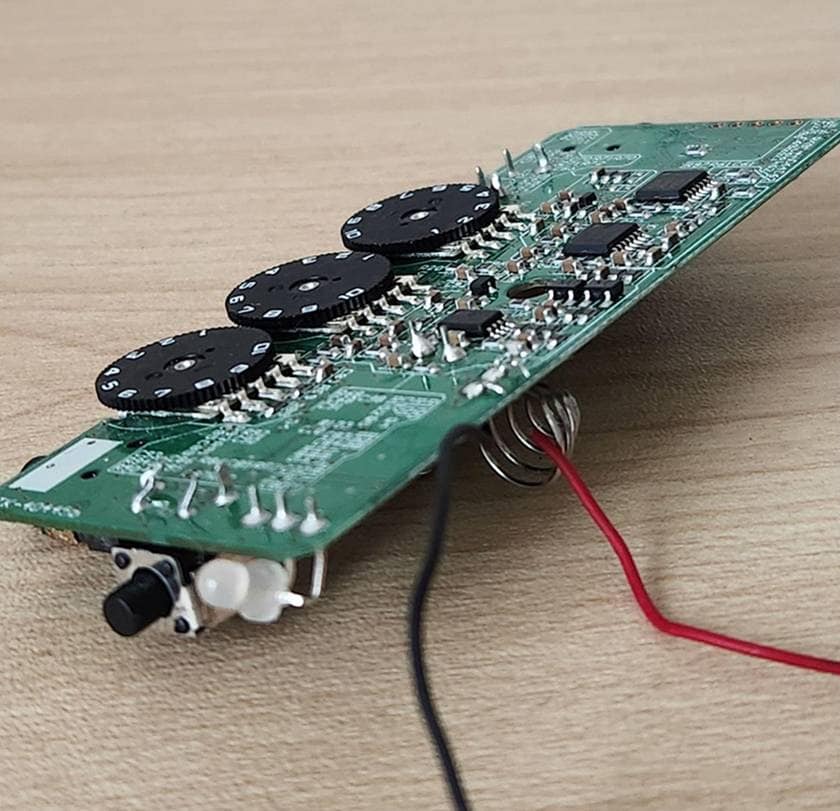
The circuit board is packed with small components. In the center back, there's a spring for the batteries. The red and black wires are connected to the jack.
The built-in effects include delay, reverb, chorus, and tremolo. While you can’t adjust the settings, they’re set at optimal positions. The specific effects vary slightly between different models.
The amPlug 3 also features a rhythm function with 9 different patterns. These are short rhythm loops, rather than long backing tracks like those found in full songs.
However, the tempo is adjustable, allowing you to increase the intensity and excitement of your playing. It’s impressive that such a small unit contains such a variety of powerful rhythms.
Headphones are sold separately.
You can also record your playing to a smartphone using a cable. Recording and listening to your own performance is crucial for practice, as it helps you identify areas for improvement by hearing yourself objectively.
So, make sure to have headphones or earphones ready. They don’t need to be high-end products—even budget earphones under 1,000 yen will provide plenty of enjoyment.
Here’s an example of what you can find at Sound House.
Other Points to Note
Be sure to handle the plug (jack) that connects to the guitar with care. Since it's attached to a plastic casing, rough handling can lead to issues. It seems that most amPlug malfunctions occur at this spot.
That said, the amPlug remains a sleek and convenient piece of gear, whether you’re using it at home or on the go.
The “sound & person” column is made up of contributions from you.
For details about contributing, click here.





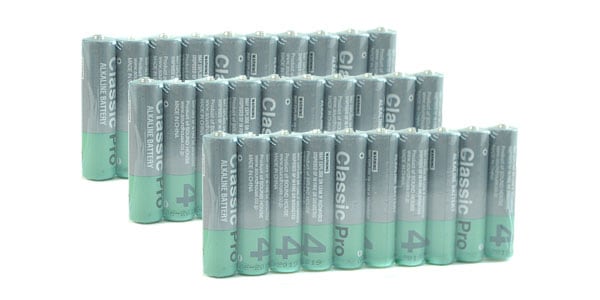
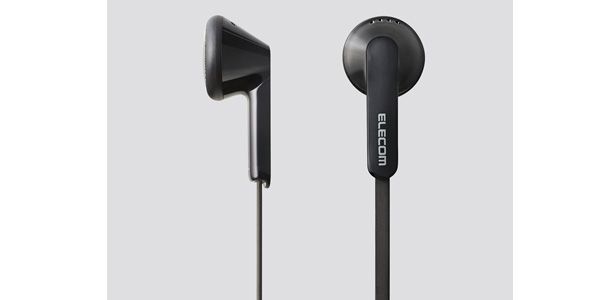


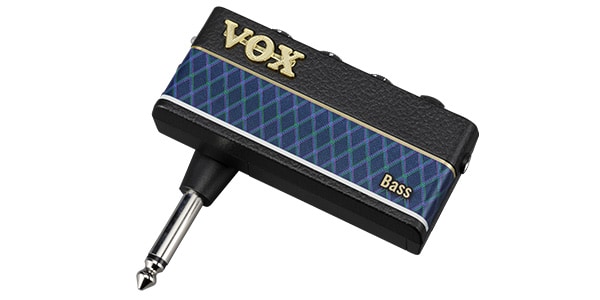
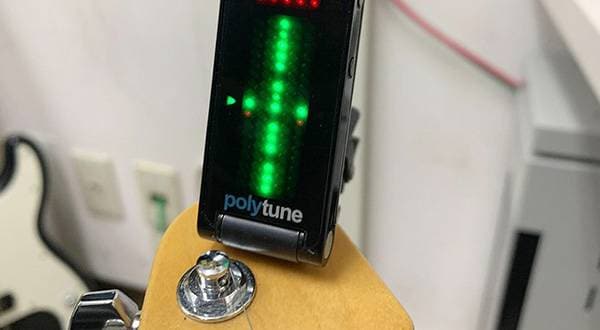
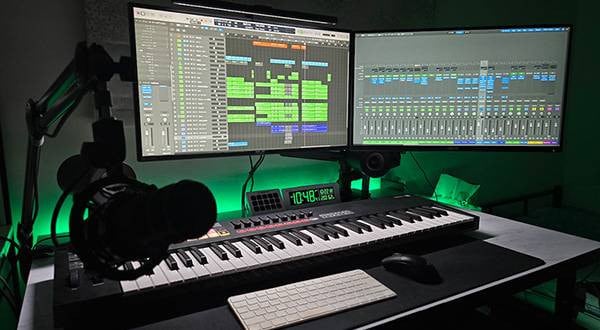
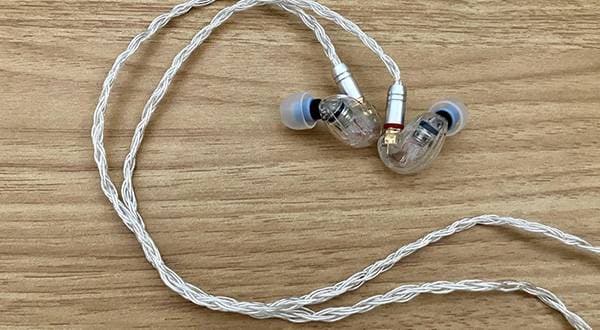
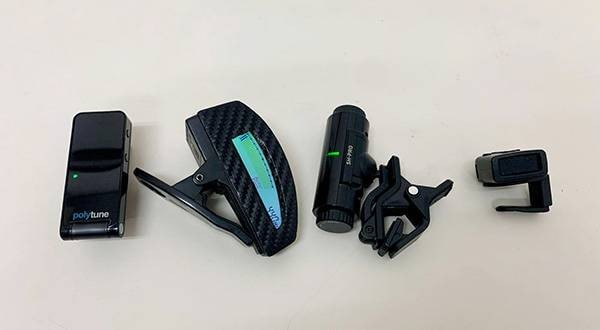

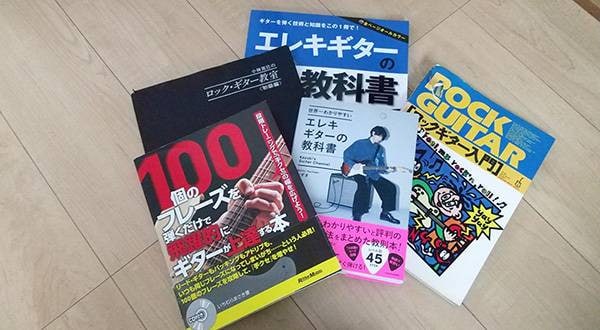
![[2025 Edition] Recommended Guitar Amps at Sound House!](/contents/uploads/thumbs/2/2023/11/20231107_2_24499_1.jpg)
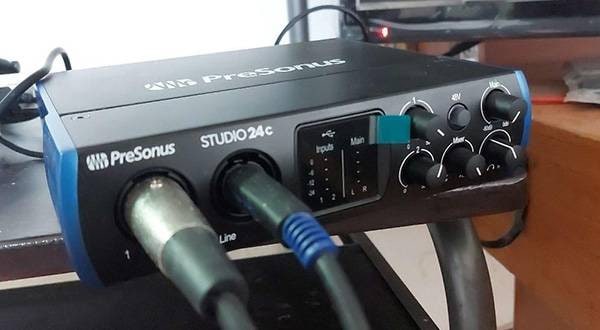
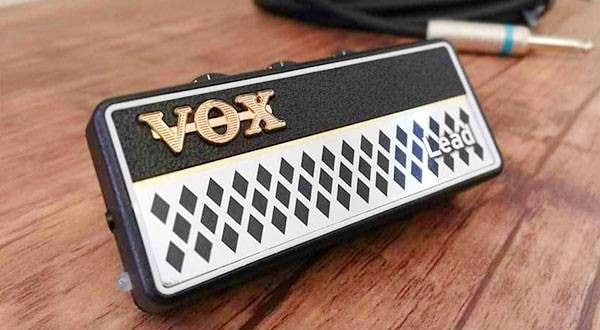
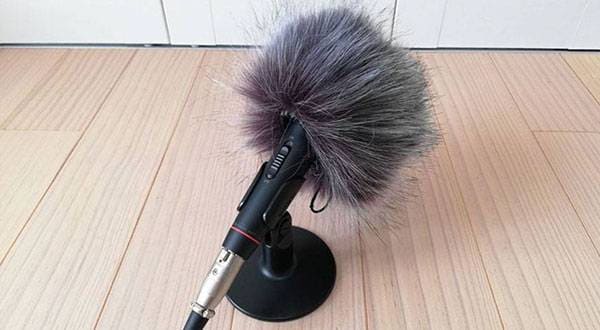
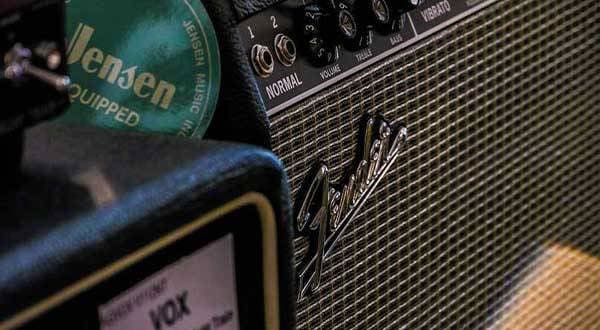
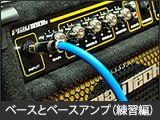 ベースとベースアンプ(練習編)
ベースとベースアンプ(練習編)
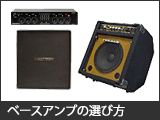 ベースアンプの選び方
ベースアンプの選び方
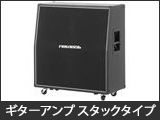 ギターアンプ スタックタイプ編
ギターアンプ スタックタイプ編
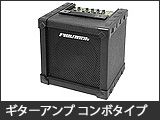 ギターアンプ コンボタイプ編
ギターアンプ コンボタイプ編
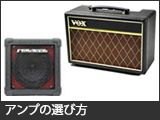 アンプの選び方
アンプの選び方
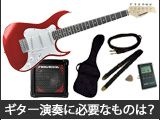 ギター演奏に必要なものは?
ギター演奏に必要なものは?


